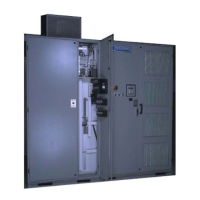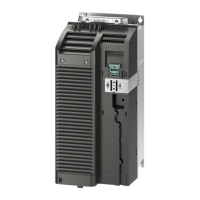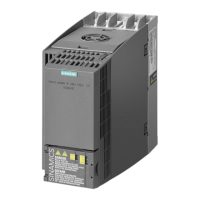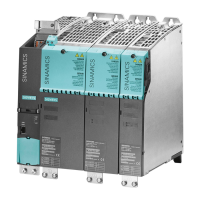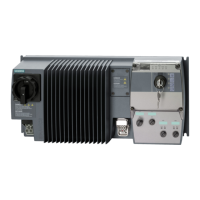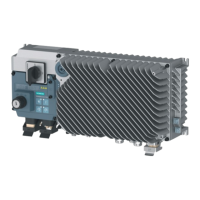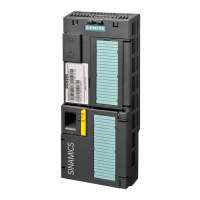The gure "Fast Network Access Routine" depicts the new algorithm for accessing the speed and
current commands directly from the slow loop in order to improve control performance. This is
a compromise between speed and exibility, with the constraint that these two registers must
be sequential to limit the time to access the data from the Anybus module dual-port RAM. This
access requires coordination with the dual-port control which necessitates some degree of setup
and waiting. Accessing two registers cuts this time in half from the normal polling, single register
at a time method. Once these values are retrieved from the dual-port, they are scaled and placed
into two global registers for access by the control algorithms as needed.
PLC
Network
Comms
Output Process
control loops
(Slow loop thread)
Comms
Thread
Polled Access
(20ms per network)
Slow Loop
speed
Fast Access
Network
Response
Interpolator
Modulator
Fast Loop
Any
bus
Dual Port
RAM
Any
bus
Dual Port
RAM
Get
Fast Register
Access Data
Choose
Network
type
Read two
consecu!ve
registers
Fast Access
Enabled
Sampling and
current loops
(Fast loop thread)
Scale & Store in global
variables:
SpeedDemand
TorqueCommand
Normal Network Access
Figure 8-30 Fast Network Access Routine
8.23.2 PLC Directed High Starting Torque Mode for Conveyor Applications
The PLC directed High Starting Torque Mode (HST) adds the ability to control HST mode for an
induction motor in OLVC by means of a PLC for use in conveyor systems that have multiple drives
and motors run on a common belt controlled by a common PLC. The PLC controls the frequency
and the current to the drive directly so that a number of parallel drives can be started in unison.
The purpose of this feature is to allow an external PLC to coordinate the start-up of multiple
motors connected to a common load, in which higher than normal starting torque is required.
Since an IM has no rotor position sensing and must rely on slip to produce initial torque, it is
necessary to use brute force by applying a current at an angle controlled in an open loop manner
in hopes of moving the load. Only after the load is moving can the drive lock in on the ux vector
and revert to OLVC to control the torque current more directly.
When multiple motors and drives are connected to a common load, the current and frequency
(speed) is coordinated to produce consistent torque for all motors without causing excessive
Advanced Operating Functions
8.23 Conveyor Applications
NXGPro+ Control Manual
Operating Manual, A5E50491925A 325
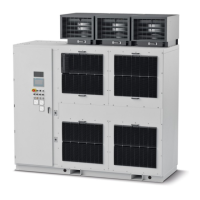
